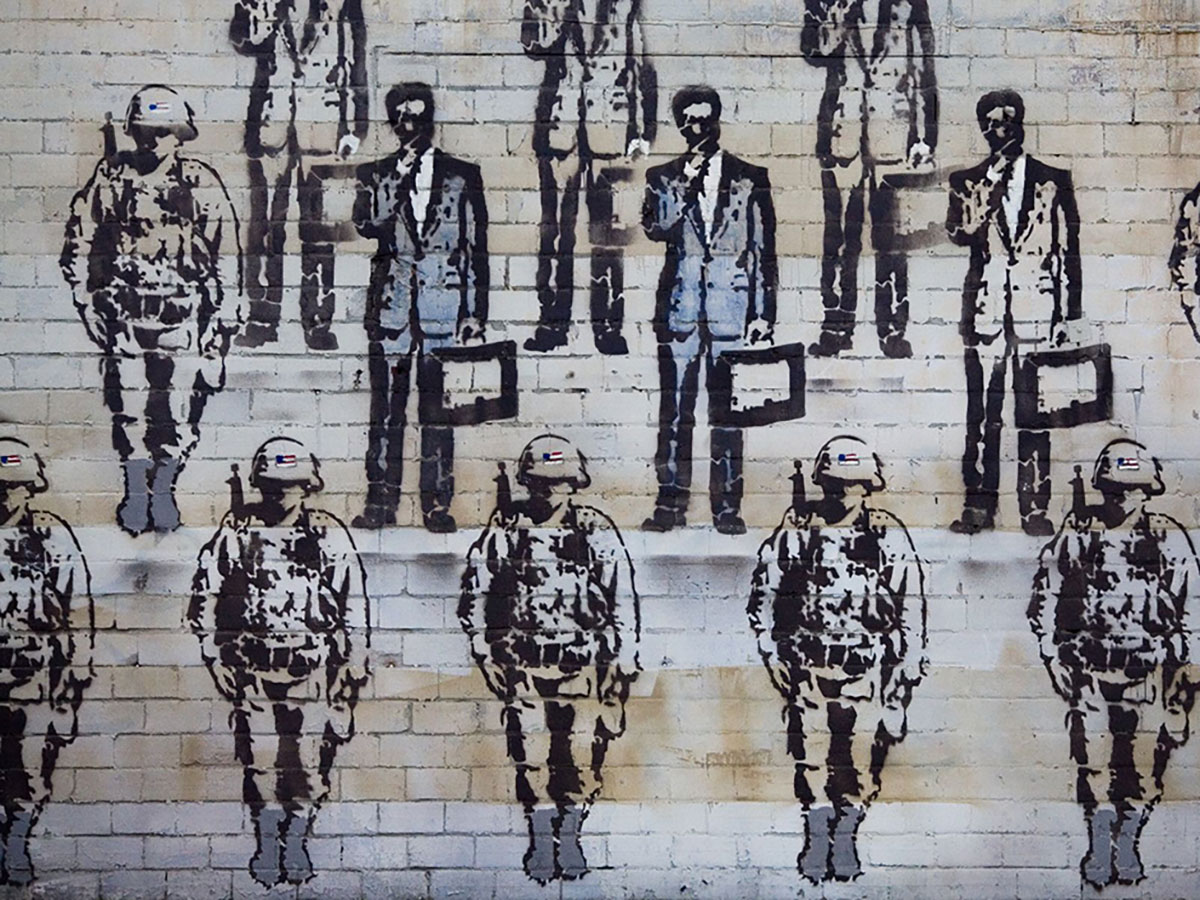If you follow the money chances are that you will not go wrong.
Lockheed Martin is the world’s largest defense contractor, a company with more than $47 billion in revenue in 2016. But if the company intends to stay relevant, it needs to develop new capabilities ― and its top technology expert has identified the key pots of money in which he wants to invest.
There are three “foundational” technologies in which Lockheed Martin will be investing over the next two to three decades.
The first is “strategic technology thread areas,” areas that “go across pretty much anything Lockheed Martin will do, all these domains whether from undersea to outer space.” Included in that pot are autonomy, directed energy, signal processing and communications, sensor technology and exploitation, and advanced cybersecurity. Usable directed energy weapons, long described in defense circles as just around the corner. Lockheed Martin believes that this technology is truly at a “tipping point”. They are confident that the company’s 60-kilowatt system, which has been used on a Stryker vehicle, can be scaled up to 150 kilowatts or more. The company is working on hypersonic technology as well as the company believes that they on the verge of a revolution in hypersonics.
The second is enabling technologies ― areas where there is a “huge amount of investment” going on in universities and the commercial tech sector, “These are areas to leverage the huge investments that are going on in the commercial world that are really advancing,” Investments in these areas can be found anywhere from the financial sector to the agricultural world. The enabling technologies include data analytics and big data, advanced electronics, and advanced materials and manufacturing. This is where Lockheed Martin’s LM venture fund, a roughly $100 million pot of money for investing in outside tech companies, most comes into play.
The third is is made up of emerging technologies that “are kind of longer range, they are iffier bets, they are higher risk.” Among those are quantum computing, communications and cryptology, as well as synthetic biology.
“We’re in an age today where you can effectively design a living molecular machine, you can compile it using a set of tools that is very much like a program compiler in a programming language, and then you can auto-generate a set of DNA sequences,” Synthetic biology can create molecular machines to build almost anything at that molecular level with molecular precision.
But while predicting biological technology is going to “revolutionize” the aerospace world, the most exciting potential is quantum technologies, particularly its potential impact on information sciences. The next leap in information technology, computing and sensing is going to come out of the quantum world." It is going to enable us to solve computational problems that we just cannot address today".








/arc-anglerfish-arc2-prod-mco.s3.amazonaws.com/public/IQFR2GR7CFFYFJ37JMZAYFH5GE.jpg)